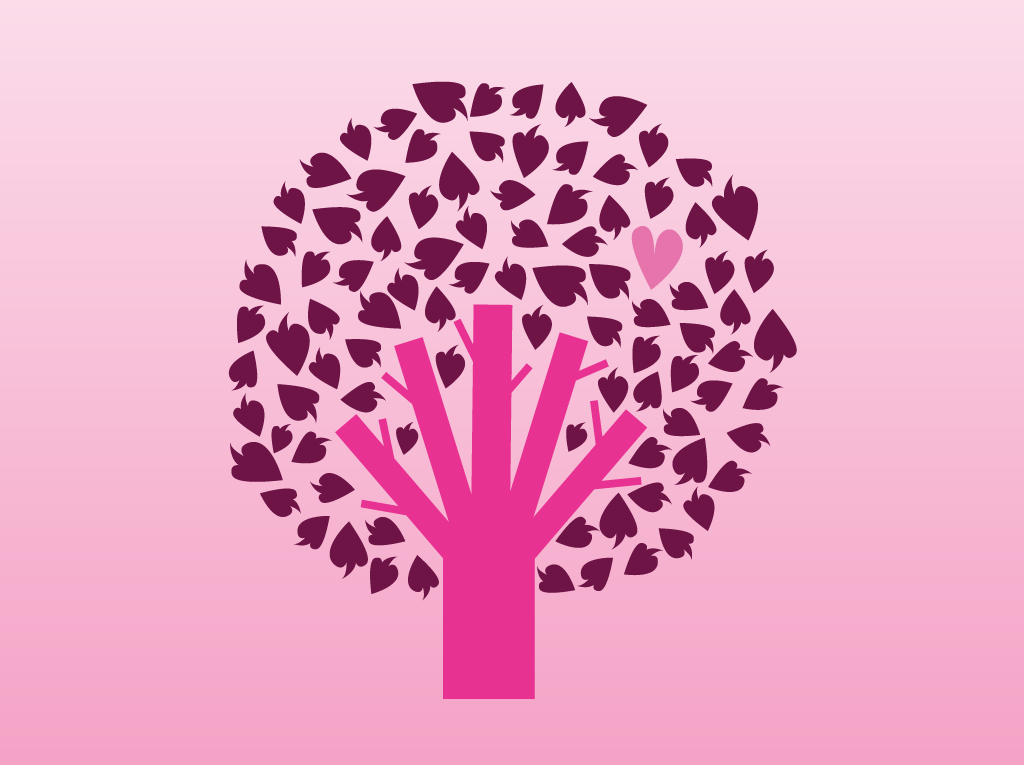In the middle of a desert, a somewhat foolish coyote chases after a remarkably cunning bird, their pursuit escalating to breakneck speeds.
Then, abruptly, the bird halts at the edge of a precipice. Yet, the coyote, driven by instinct, continues its sprint heedlessly until it comprehends the futility of its strides – it finds itself suspended in mid-air.
This iconic scene is not merely the antics of Bee Beep and the coyote; it encapsulates a profound economic theory: the hypothesis of financial instability.
Hyman Minsky posited that within every period of economic prosperity lies the seeds of a future crisis. How so? The explanation is deceptively simple. During times of prosperity, economic agents — be they households, businesses, or the state — act with optimism. They borrow funds to fuel projects, investments, and expansion.
Amidst this optimistic climate, investors embrace higher risks; banks extend credit more liberally, often overlooking the perils of repayment. Minsky termed this phenomenon the “paradox of tranquility.”
However, as the economy becomes increasingly dependent on credit, ominous signs emerge: unemployment rises, economic growth falters, incomes shrink, and repayment becomes arduous. Yet, economic actors persist in their illusion of stability, akin to the hapless coyote suspended in mid-air.
A mere whisper of adversity can catalyze the “Minsky moment”: a sudden awakening to the perils of excess. Panic ensues as the realization dawns that risks are untenable, debts are insurmountable, and credit dries up.
The result? A systemic crisis: the coyote, too preoccupied to grasp its impending fall, plunges into the abyss. Such is the saga of financial instability in the real world.
Now, reflect for a moment: have you ever experienced a Minsky moment in your life?
As we ponder the parallels between the whimsical pursuits of cartoon characters and the sobering realities of economic theory, let us heed the lessons embedded within. Let us strive for prudence, resilience, and foresight in navigating the tumultuous landscapes of finance and life.
In a world where folly and wisdom often converge, let us endeavor to discern the difference and chart a course toward sustainable prosperity.
Are you prepared for your Minsky moment? Embrace the challenge, for within it lies the opportunity for growth, resilience, and renewal.
Thank you for reading! Please sign up for my blog crisbiecoach so you don’t miss out on any posts.




